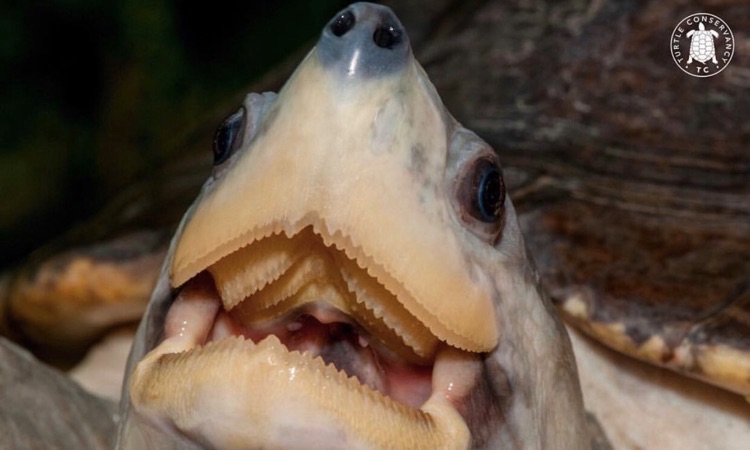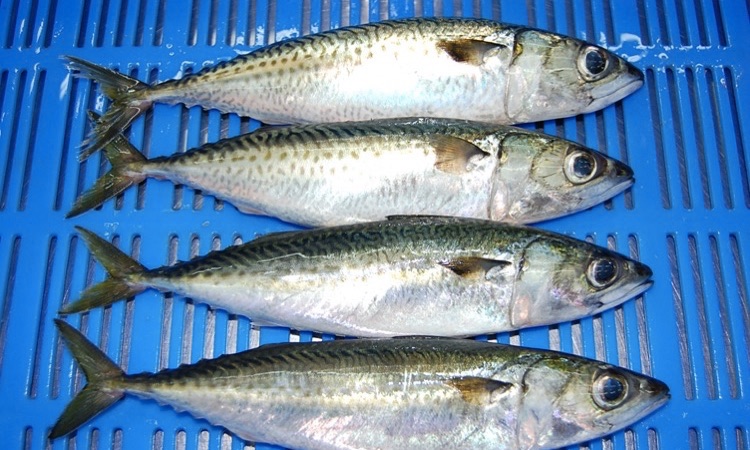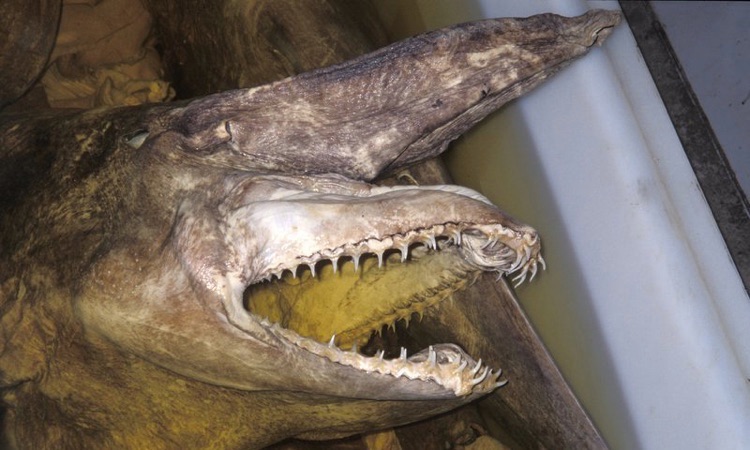The European bass is a species of temperate basses and one of only six in its family Moronidae. It’s an aquatic gem that can be seen darting through the waters off Europe’s western and southern coasts as well as Africa’s northern coast.
During summer months, these fish are not afraid to wander into shallow coastal areas or river mouths. Keep reading to learn more about this fish.
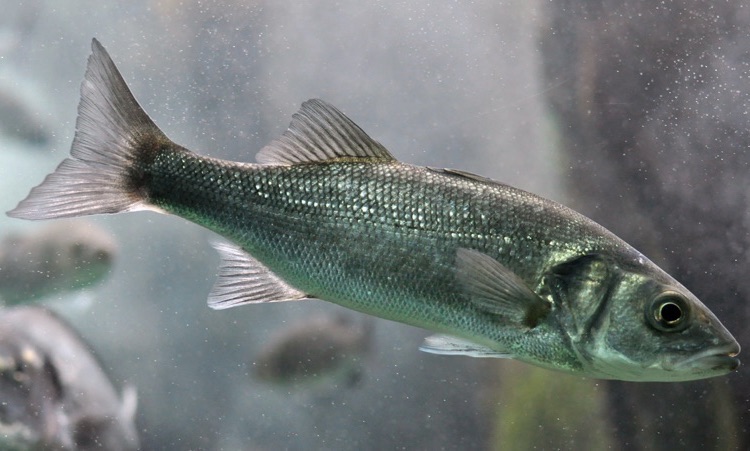
European Sea Bass: Quick Facts
- Fishermen utilize a lengthy line or rod combined with a line to capture these substantial aquatic creatures.
- Through a unique form of communication, these species exchange information by touch, smell or chemical signals.
- They are able to travel very long distances.
- In comparison to other fish, their mercury content is minuscule making them an ideal dietary option for expectant mothers.
Appearance of European Bass
Despite its notable size, the European sea bass is quite inconspicuous due to sporting a selection of muted hues. Its color scheme ranges from subtle grays and blues to more traditional shades such as greens or oranges.
This variety allows these fish to remain camouflaged amongst their aquatic environment without resorting to flashy colors like some other species may use for protection.
The European sea bass can reach an impressive size, weighing up to 12 kilograms (or 26 pounds) and growing as long as one meter (3 feet 3 inches). They typically range between 5 kg (11 lbs) and 1 m (1 ft 8 in) in length.
On average, European sea bass take multiple years to reach their full potential as they are a species that matures gradually.
Coloration
Majestic European sea bass boast a striking silvery-gray to bluish hue along its back. While the sides and belly of this majestic fish bear an eye-catching silver sheen. Its elongated body is decorated with larger scales that are further complemented by a distinct stripe running down each side.
The subtle hues of their body enable them to blend in with the backdrop of their habitat, which allows them to efficiently hunt down smaller prey. These fish have darker colored tails and fins than the rest of its anatomy.
European sea bass possess two dorsal fins, two ventral and one on both sides; they are characterized by the big eyes situated either side of its body. When young, this species bears dark spots covering their external anatomy.
Photographers rejoice at the sight of this fish. They make for an excellent photo opportunity due to their size and weight. Fishermen who are lucky enough to catch one can have quite a time with these sea bass, as they can grow large enough to provide a challenge. But also an impressive picture!
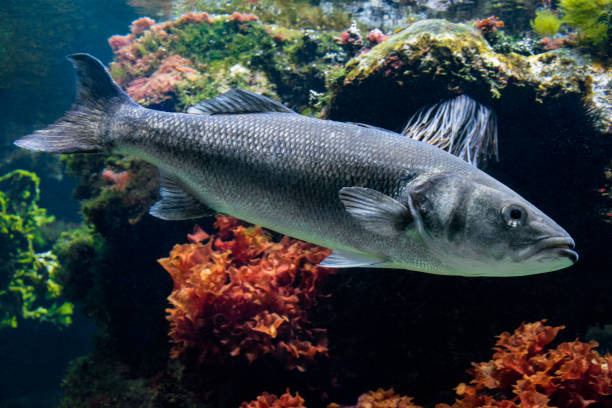
Lifespan
European sea bass are such a durable species that, if left in the wild, they can live for up to 25 years! They grow slowly and become mature only after 7-8 long years.
This species is a highly sought-after gamefish and, fortunately, there are no serious issues threatening its extinction. Other than the human tendency to over fish.
When left undisturbed by human interference or predators, this species is able to reach its full lifespan potential. However, when caught and used for commercial purposes, their lives are drastically shortened.
Reproduction
European sea bass mature sexually after 5 to 8 years and lay an average of 300,000 eggs each year between May and June. As a pelagic fish species, they breed by releasing the fertilized eggs in the higher layers of saltwater.
When newly hatched, young sea turtles spend up to 5 years in shallow coastal waters as they mature. Then, for the rest of their lives, they migrate between habitats providing food and places to reproduce.
Habitat
European sea bass can be encountered in a variety of aquatic habitats, including rivers, estuaries, lagoons and the adjacent oceanic waters.
Greece, France, Spain, southern Norway, Senegal in the Eastern Atlantic Ocean and all around the Mediterranean Sea and south of the Black Sea are home to these aquatic habitats.
Resilient and adaptable, this species can thrive in brackish waters. Water bodies that have a higher salinity than freshwater but not as salty as the ocean.
Brackish water is a common occurrence in estuaries, where the mingling of fresh and saltwater creates an environment with properties between both.
As previously noted, this species of sea bass can inhabit a variety of aquatic habitats. From rivers to coastal waters and various salinity levels such as freshwater, brackish water and seawater.
As they develop, European sea bass remain within the vicinity of coastlines in shallow waters, swimming and foraging to nourish their growth. In groups known as shoals, these fish meander around with no specific direction but never go far from shore.
As the sea bass matures, it will eventually separate itself from its shoal. Filled with adulthood and experience, European sea bass typically spend their final moments independent in nature until death arrives.
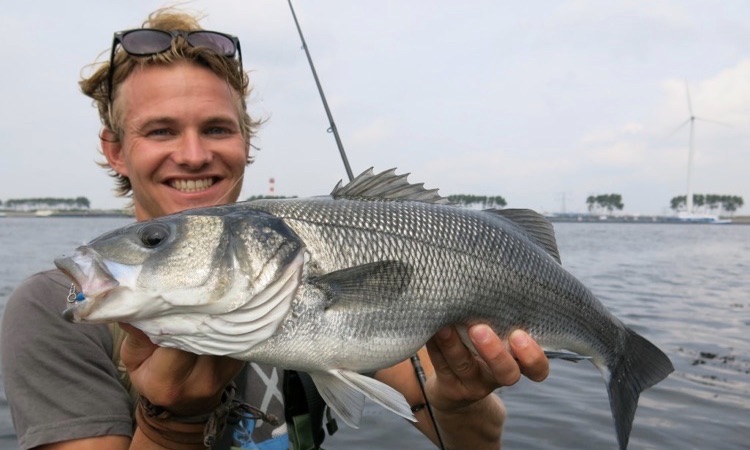
What Do European Sea Bass Eat?
European sea bass are not just another fish in the food chain. Rather, they occupy a unique spot as both predator and prey.
As carnivores that feed on smaller aquatic creatures such as crustacea and other smaller fish, they provide sustenance to larger predators like sharks, seals, predatory fish – even their own species! This makes them an essential source of nourishment for many different kinds of marine life.
European sea bass mainly consume shrimp and mollusks, yet have been known to pursue crustacea, squid and smaller fish within their shoals.
Working cooperatively as part of a school of predators, they are able to locate these larger meals with relative ease. This exemplary ability has earned them the title of one of nature’s finest hunting teams.
As temperatures rise in the summer months, European sea bass require frequent feedings. However, when their metabolism slows during wintertime, they can make do with weekly or even biweekly meals depending on how much food is offered at each sitting.
To acquire their meals, the European sea bass typically resorts to either of two techniques. The first: waiting in hiding before seizing its prey.
Option two is to pursue its meal until either it or its quarry claims victory. When they hunt in schools, the odds of success increase. However, this can also imply that a sea bass loses out on what would have been their catch due to another getting there first.
These sea bass are truly voracious eaters. They will consume almost anything that looks edible to them.
Fishermen have discovered that bass are swallowing dog biscuits, bread, and even chicken bones! This has been confirmed through the examination of stomach contents from captured fish.
Predators
Like other sea creatures, European sea bass are unfortunately prone to threats and predators. Depending on certain conditions, these species may be in danger of extinction.
The European sea bass is a highly sought-after dish in many countries, making it one of the most economically important species farmed and harvested from the Mediterranean. As its popularity continues to grow across the world, this extraordinary fish remains an increasingly commercialized item.
If the population of fish is not carefully supervised, this can result in overfishing, which could potentially threaten their survival and lead to extinction.
Scientific research suggests that the European sea bass has begun to migrate further north in recent times.
The surge in this species’ population may be attributed to the rise of northern ocean temperatures. These warmer waters are providing a hospitable environment for breeding and nourishment, consequently allowing their numbers to thrive.
As we previously discussed, European sea bass are hunted by other species larger than them. A whopping 47 shark species call the Mediterranean Sea home. Though there may not be as many seals or bigger bass in this area. On the flip side, they still populate elsewhere on coasts that sea bass inhabit too!

Other Threats
In recent times, a surge in gill parasites has caused extensive harm to the European sea bass population.
These detrimental parasites, Diplectanum aequans and Lernanthropus kroyeri, fatally infect the gills of fish and consequently lead to mortality.
The contagion rapidly spreads among the sea bass in enclosed cages, a technique often used to harvest large amounts of fish for commercial purposes.
Conservation Status
European sea bass are on the brink of a population explosion, with their numbers currently deemed as “least concern” and more than 10,000 species globally. With no decrease in population over the past decade, these fish thrive despite one major threat: human-induced overfishing. Taking necessary measures to protect them is essential for any sustainable future.

